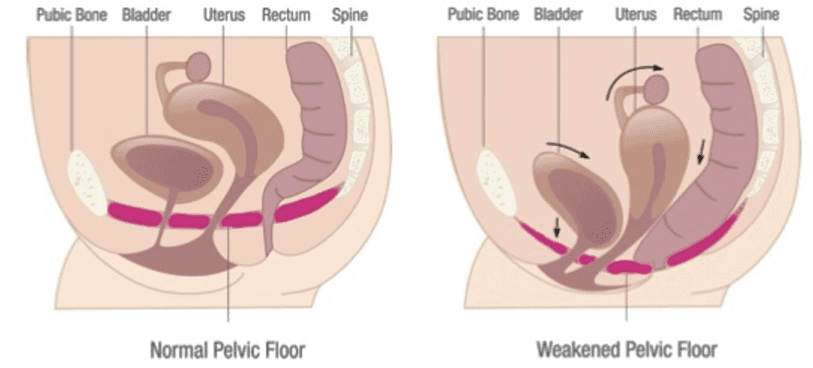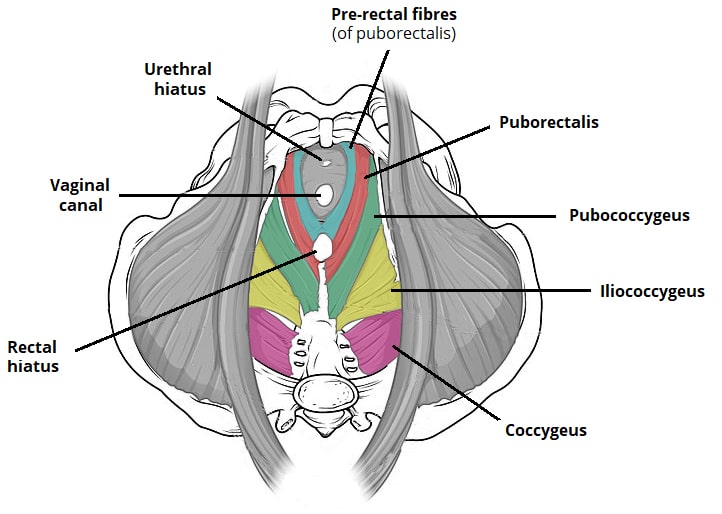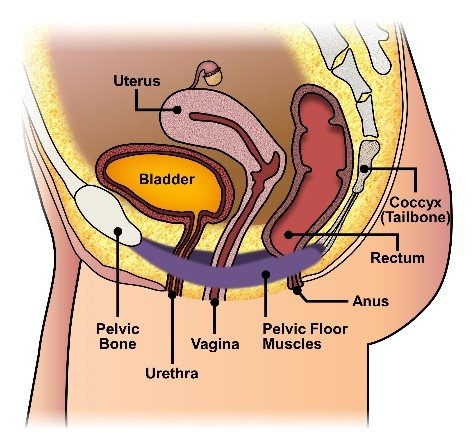Face validity and reliability of the first digital assessment scheme of pelvic floor muscle function conform the new standardized terminology of the international continence society neurourology and urodynamics 28 4 295 300.
Pelvic floor function test.
3 the pelvic floor rests at the bottom of the pelvis and is formed mainly by the levator ani muscle group.
They are working throughout your day in many ways you may not have ever realized 5 important functions of the pelvic floor muscles.
Pelvic floor dysfunction is the inability to control the muscles of your pelvic floor.
Changes in their function and strength can contribute to pelvic floor dysfunction such as urinary or faecal incontinence pelvic organ prolapse and pelvic pain.
A uroflow test can show how well you can empty your bladder.
Symptoms include constipation straining to defecate having urine or stool leakage and experiencing a frequent need to pee.
The pelvic floor muscles have attachments to your pubic bone tailbone and pelvis.
The pelvic floor is made up of muscles ligaments and tissues that surround the pelvic bone.
Apparatus with multiple functions.
There are superficial muscles as well as the deep levator ani muscles.
These muscles aid urinary control continence and sexual function.
The muscles attach to the front back and sides of the bone as well as to the lowest part of the.
Your provider may order this test if you have problems while urinating.
The pelvic floor also called the pelvic diaphragm is a bowl shaped muscular sheet whose main functions are to support the abdominal and pelvic organs and to control the opening and closing of the urethral and anal sphinters.
The pelvic floor is a set of muscles that supports pelvic organs such as the bladder and bowel.
The muscles of the pelvic floor wrap around and control the opening of your bladder and rectum.
If your flow of urine is weak or if you have to stop and start as you urinate it can point to pelvic floor dysfunction.
This test is not painful.
Measurement of pelvic floor muscle function with surface electromyography and vaginal and rectal squeeze pressure enraf nonius international 2600 av delft the netherlands.










